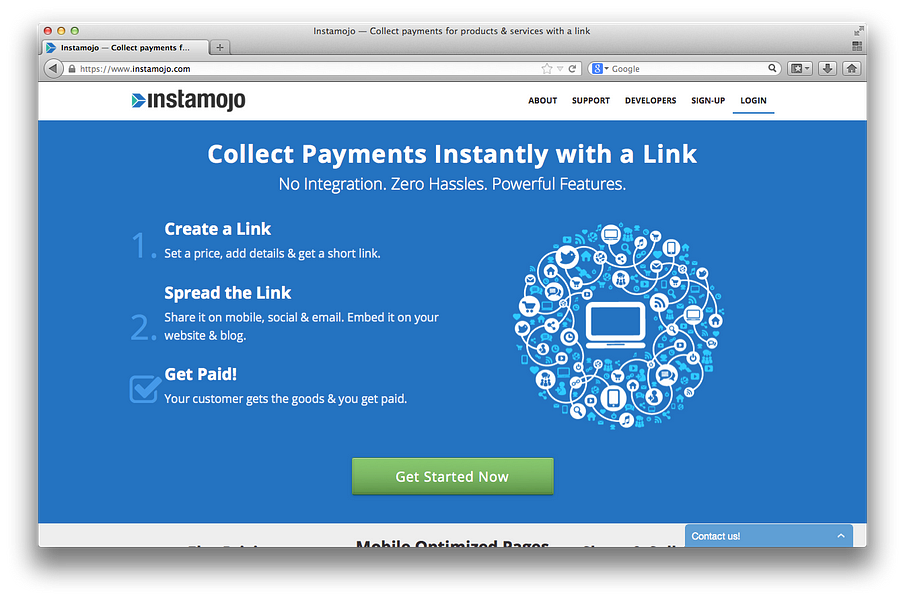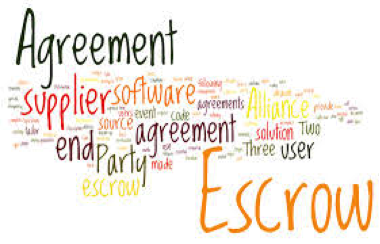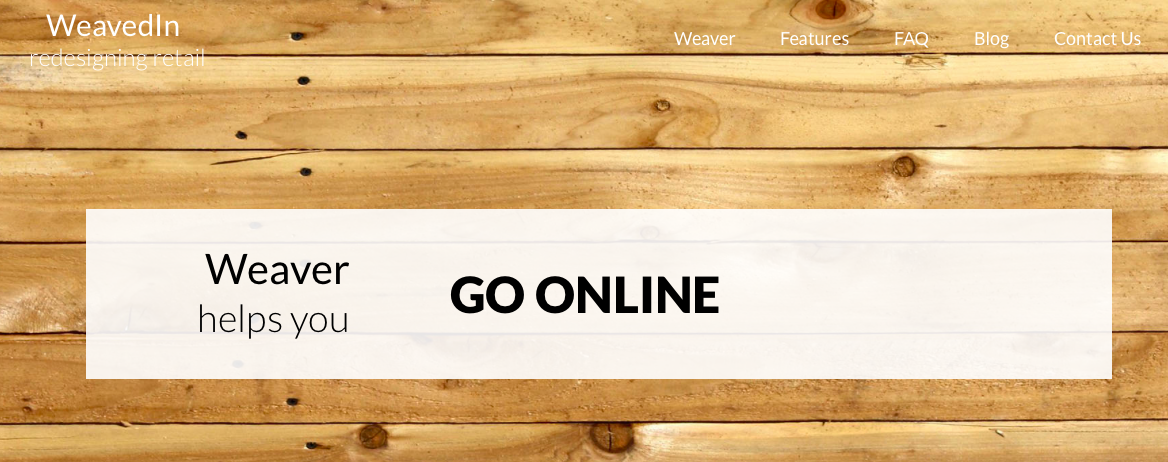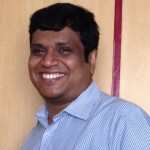Instamojo.com was released to public on 24th April, 2012. That’s little over 2 years back. Here’s a screenshot of how it looked then with the boilerplate message:

Although, we haven’t shifted from our core vision but we definitely have learnt a lot more about who are our customers, what do they want and what should we do to make them happy which in turn will help us meet our business goals as well.
Now, here’s our homepage today in all its glory (WIP):

Along the way, we have learnt a lot about e-commerce, payments, laws & regulations, fraud detection, security, distribution & much more.
Most importantly, we learnt over a period of time how to marry design with commerce for the right final outcome for our customers (thanks to@sengupta and @kingsidharth)
Shameless promotion: Today, Instamojo.com has one of the highest payment conversion rates in the e-commerce industry.
1. Idea phase
We never spent much time on perfecting from the start. Main idea was to release the product to an initial set of customers quickly (we took around 3 week’s time); then start iterating vigorously based on that feedback. However, we never got distracted by others’ worldview of our product vision. So, we took that as an opportunity to learn and shape it accordingly.
Our initial estimate was, let’s build 80% of our core promise and iterate at a supersonic speed. Hence, lot of our core technology decisions was around this hypothesis like choosing Heroku over Amazon AWS for faster deployments & freeing engineering bandwidth (thanks to @hiway). However, we recently shifted over core infrastructure to AWS (thanks to @saiprasadch) since at scale it works best, both economically & reliability point of view.
Also from business point of view, we decided we will never chase moving targets (learning from our previous pivot). In simpler words, we narrowed down our focus & made decision making process almost binary. That, in a way set forth our straightforward, no-nonsense, more data-driven culture from day 1 which we keep following across functions (much thanks to@gehani).
2. Product building phase
This is the most exciting phase of any startup. But truth be told that this phase is also the most treacherous too.
I’ve known many smart founders fall in the trap of loving their product way too much (including me in my last startup) and slowly decay to oblivion even before reaching the business phase.
I think this is due to the fact that technical founders find this phase most apt to their persona i.e. building, hacking without much interaction with customer(s). Hence, they fall into the trap of just building and not selling or interacting with customers enough to understand what should be built & what shouldn’t.
We at Instamojo heavily relied on past data to help us cross this phase. Fortunately, we had got some customers who kept us on our toes to keep improving the product and add more. While at it, we kept on charting our product road-map into 3 buckets:
- Reach
- Revenue
- Retention
And depending on the impact of each bucket to the business then, we decided our product road-map.
During this phase, we released 25+ big features in 9 months depending on each bucket’s impact on the business & customer-set, thus balancing both growth in business metrics & customer development.
3. Business building phase
This phase, according to me is the most hardest phase; and one we are experiencing. In this phase, we get to hear good’ol phrases like “good problems to have than having none” which frankly is so true.
This phase is all about numbers (for both internal & external stakeholders) like
- Figuring out all possible customer acquisition channels (both paid & non-paid).
- Market sizing with absolute TAM (target addressable market) etc.
In simpler terms, business phase is all about growth:
- Growth in revenue metrics
- Growth in user acquisition metrics
- Growth in ________________ (fill in the blanks for your business)
We at Instamojo are experiencing this from all corners. We grew almost +10X in last 6 months in all possible business metrics. We finally hired our 1st full-time sales person last month. We are growing at a rate of almost 1 hire every 2 weeks across engineering, sales, operations, risk/safety, marketing etc functions (P.S. if you’re interested, here’s our careers page).
Closing words
“Growth” is any startup’s much needed oxygen. But I couldn’t stress more on the fact that with scale comes newer issues, more responsibilities, pressure to deliver always etc. However in my opinion, the fundamentals of growth has to be laid down much before the “business phase” with clear focus on long-term sustenance.
We at Instamojo tackle these with being completely clear about our “big vision” and “what we stand for” to start with.
So over-communication is a great tool to garner more steam and momentum, so that we have less time to worry and more time to build against odds.
Reblogged from Sampad Swain’s blog.



 In todays exacting times, large corporations like to secure their business continuity on IT products and services sourced from smaller companies, by seeking access to the basic product source code. While the smaller IT companies spend man years developing cutting edge technology solutions, this sharing of the source code could kill their future and business.
In todays exacting times, large corporations like to secure their business continuity on IT products and services sourced from smaller companies, by seeking access to the basic product source code. While the smaller IT companies spend man years developing cutting edge technology solutions, this sharing of the source code could kill their future and business.
 Adopting Lean Startup is no different from any other behavior change that one goes through personally or in an organization. To change behavior and adopt new practice work on several dimensions is required which includes
Adopting Lean Startup is no different from any other behavior change that one goes through personally or in an organization. To change behavior and adopt new practice work on several dimensions is required which includes 







